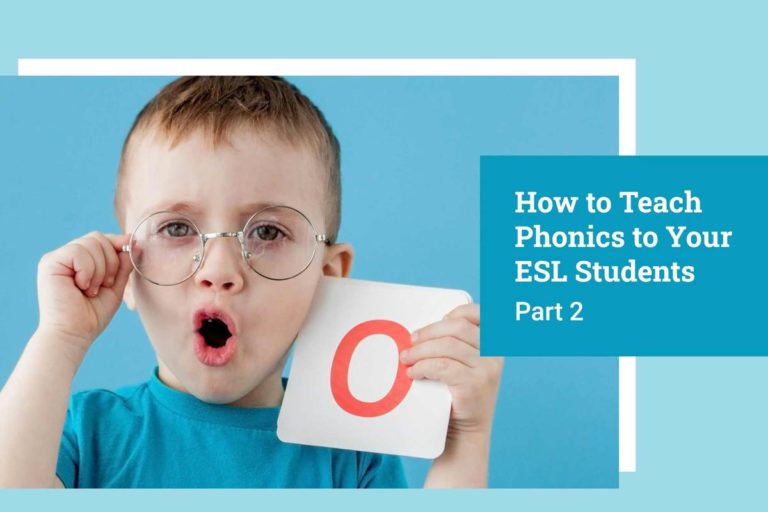Ready to start teaching English online?
Teach with VIPKidTPR (Total Physical Response) and Physical Modeling: How Body Language Conveys Meaning
The strangest thing happens between people trying to speak who don’t speak the same language. We tend to raise our voices. It’s almost as if a pair of stubborn eardrums can be coerced into understanding a new language if they’re just shaken hard enough.
An English as a Second Language (ESL) teacher – and perhaps a well-seasoned traveler, however, know this is a fool’s errand. They also know that the real way to help people understand concepts in a different tongue is through body language. This is what TPR is all about.
What is TPR?
Total Physical Response, or “TPR”, is a listen-and-respond technique borne out of extensive research into how language is conveyed. It is a method in which coordinated movements are used to mimic the meaning of words and concepts. Pioneered by Dr. James Asher of San Jose State University, TPR is now commonplace in the online classroom, especially those that focus on language learning. So common in fact, that many instances of the technique come naturally. If you’re teaching a student about the word “nose”, are you really not going to point to your snout?

But in order to achieve truly successful outcomes, the application of TPR in the classroom should go beyond the obvious and be included in a holistic teaching approach.
Why is TPR important?
Aside from giving the neighbor something to talk about when they see you erratically waving your arms about at some 6-year old on your computer screen, there is some sound reasoning behind TPR as a teaching tool. The association of sound with action reinforces the student’s ability to understand concepts. This is because the act of movement is memory-friendly and it speeds up the time students need to recall core concepts. TRP utilizes not only a student’s hearing but their visual senses too. This helps commit learning to memory.
Have you ever played the ice breaker game where you introduce yourself, along with an action, and whenever anyone has to say your name during the game, they have to do the action also? “Dancing Daniel.” Exactly. TPR to commit names to memory.
How is TPR used in the Classrooms?
To understand this better, let’s look at what Total Physical Response really means:
Just like a good ol’ country line dance, the key lies in 2 steps:
Step 1: the teacher engages the student while using their body language to reinforce understanding. For example, the teacher says “I see you” whilst first pointing at themselves (“I”), then their eyes (“see”) and finally at the student (“you”). Simple.
Step 2: the teacher then encourages the student to copy not only the phrase but the actions too. This is the “response” part.
From the above example, you can see that Total Physical Response occurs because the teacher uses a full range of physical actions to explain a concept, and the student responds in kind.

Classroom Commands
Classroom commands are a type of physical modeling and instead of teaching key concepts, it allows you to better communicate student expectations. For example, immediately after you ask a student a question, cupping your hand to your ear in a listening motion helps the student understand that you are listening for their response. Essentially, you can use “physical modeling” to show the student how to complete a task.
Since online ESL instruction takes place in an audio-visual environment where the student can both see and hear you, physical modeling has become one of the most popular tools at our disposal. Next time you’re having a challenging time explaining what a West Indonesian Puffer Fish is, be sure to blow your cheeks out and… oh, who are we kidding, good luck with that one.

Earn $15-22 an hour Teaching English from Home
If you enjoyed this article, check out our blogs on Repetition and Setting up a Classroom on a Budget.
This Teaching Essentials Blog Series looks at some tools-of-the-trade for online ESL instruction. In it, we explore a few key concepts and dive into what makes them indispensable to our teachers.



